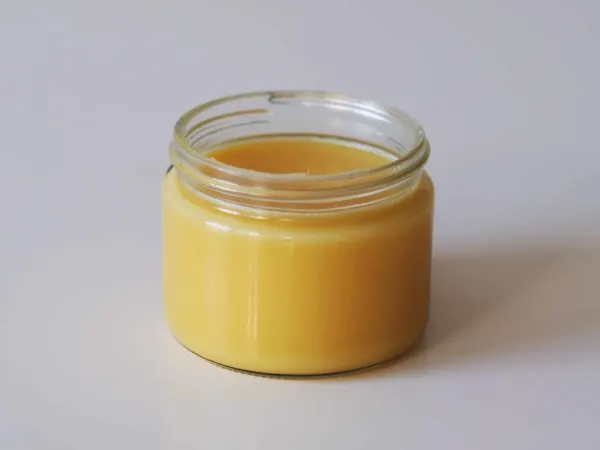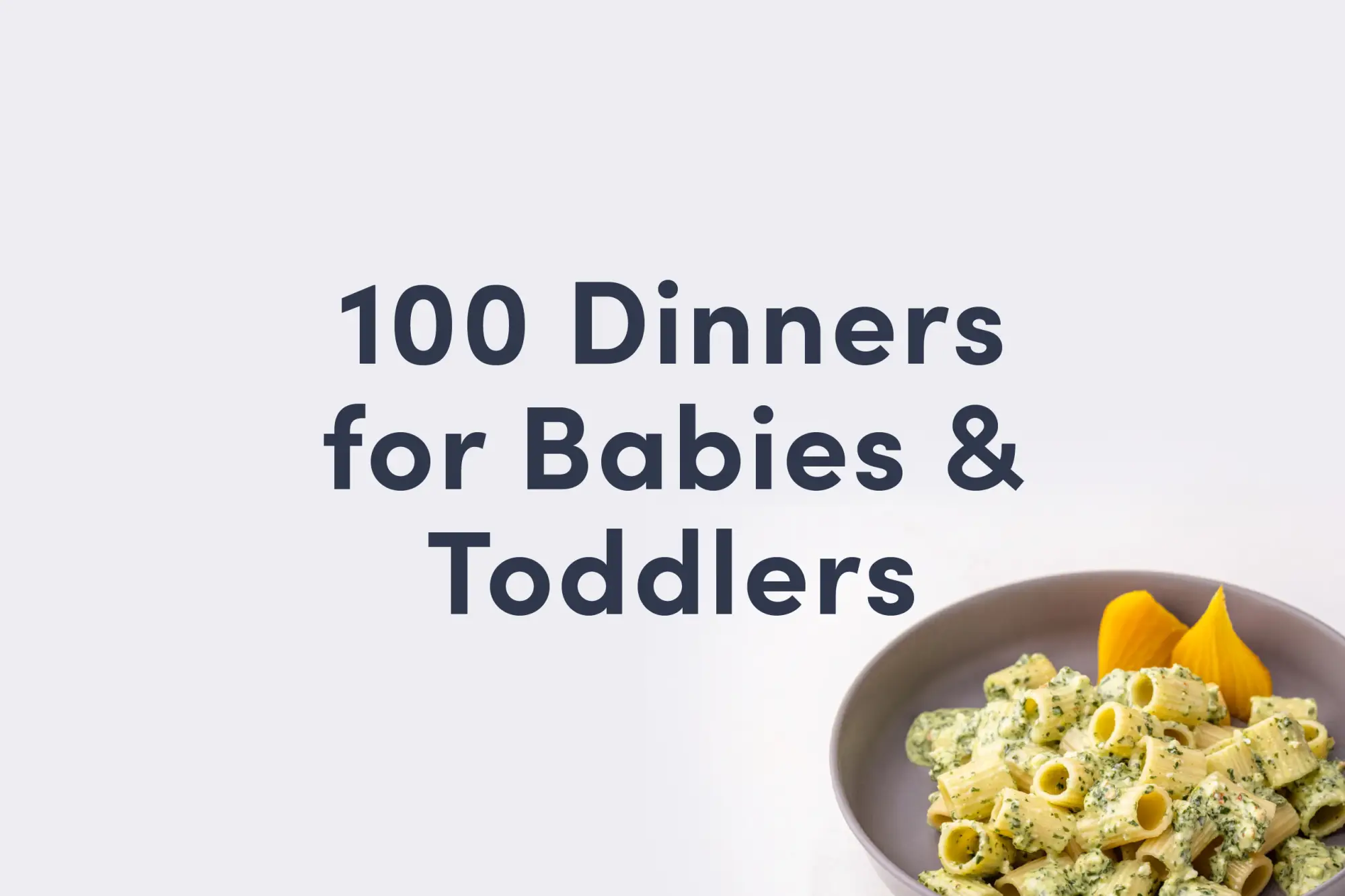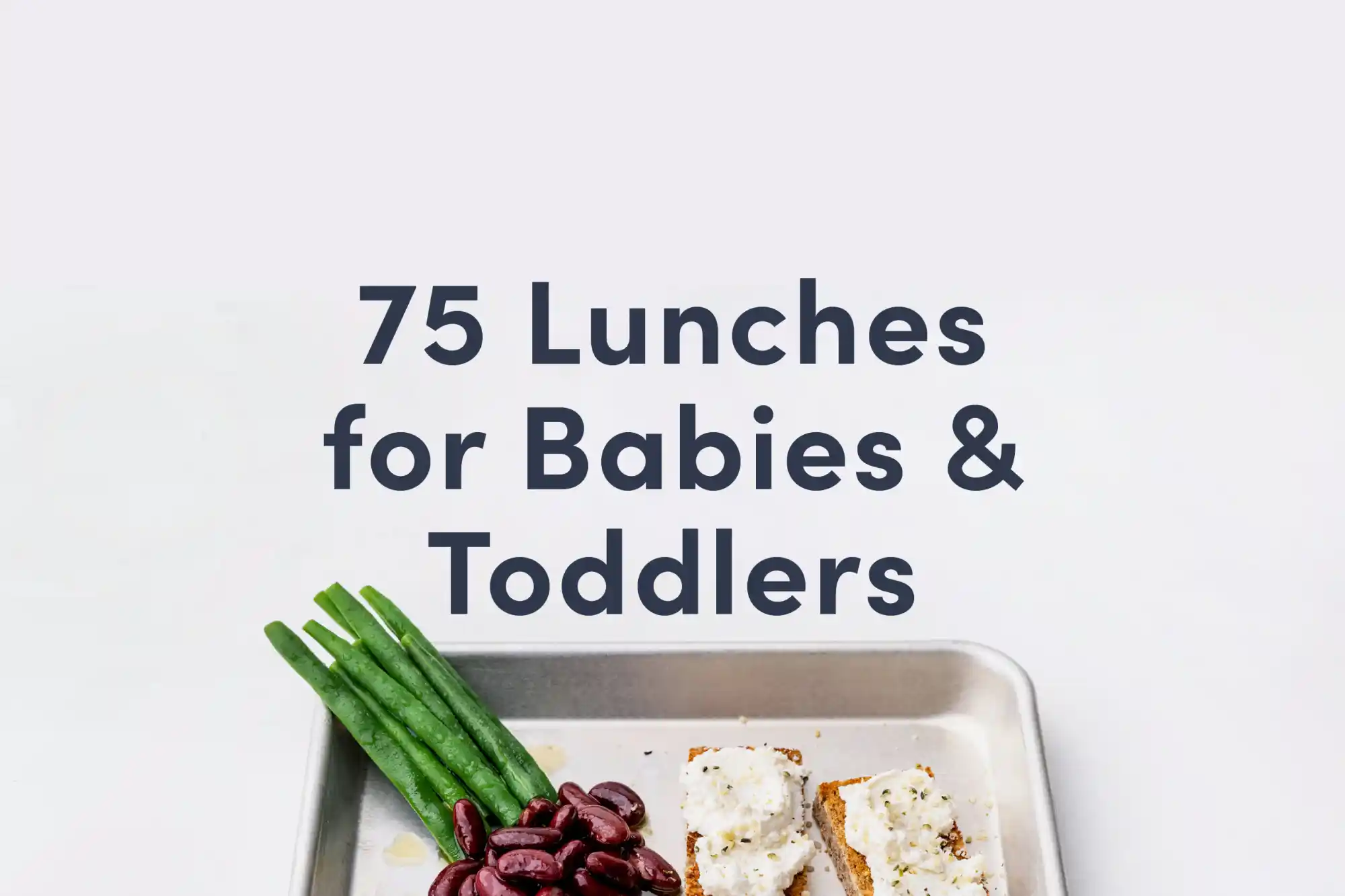Ghee
Dairy
Age Suggestion
6 months
Iron-Rich
No
Common Allergen
Yes

When can babies have ghee?
Ghee may be introduced as soon as baby is ready to start solids, which is generally around 6 months of age.
Rich in fat and flavor, ghee is a type of clarified butter, or in other words, milk fat that has been rendered of milk solids and water – a process that deepens the nutty flavor and extends the shelf life of the dairy product. Ghee originated in South Asia, where it has held special significance in ceremonial practices and everyday cooking for centuries. In India, the world’s largest producer of ghee, the staple food seasons myriad dishes, from celebratory biryani to weekday dals to khichdi.
Is ghee healthy for babies?
Yes. Ghee is rich in fat, which is a concentrated source of energy to fuel baby’s rapid growth and development. Specifically, ghee offers lots of saturated fat, which is one of the most abundant types of fat in breast milk. In past years, saturated fats in dairy have been scrutinized for its association with heart disease in adults, but research shows that it has its place as a part of a balanced diet, and that it may have a more neutral impact on the heart than previously thought. Ghee can also be a source of omega-3 fatty acids, as well as vitamins A, E, and K. These nutrients work together to support brain development, skin health, bone density, immunity, and blood clotting.
★Tip: Ghee can be kept in the fridge, where it solidifies and lasts for at least 1 year, or in a pantry at room temperature for up to 6 months.
Is ghee a common allergen?
Technically, yes. Ghee is often made from cow’s milk, which is classified as a Global Priority Allergen by the World Health Organization. It is an especially common food allergen in young children, accounting for about one-fifth of all childhood food allergies. Keep in mind that dairy products from other ruminants such as sheep, goat, and buffalo may provoke similar allergic reactions to cow’s milk dairy products. That said, there’s good news: milk allergy often disappears with time. Research shows that the majority of children with cow's milk allergy will outgrow it by age 6, and many babies with milder symptoms of milk protein allergy (which can show up as painless blood in stool) are able to successfully reintroduce cow's milk as early as their first birthday, with the guidance of their appropriate pediatric health professionals. Ghee is thought to be less allergenic than other dairy products since the milk solids (or proteins, which promote milk allergy) are removed. However, production methods can vary, so ghee may not be 100% free of milk solids. Talk to an allergist for more information on this topic.
Milk is a common cause of food protein-induced enterocolitis syndrome, also known as FPIES. FPIES is a delayed allergy to food protein which causes the sudden onset of repetitive vomiting and diarrhea to begin a few hours after ingestion. This is termed acute FPIES. Left untreated, the reaction can result in significant dehydration. When milk is in the diet regularly, FPIES can present as reflux, weight loss, and failure to thrive - this is termed chronic FPIES. Symptoms generally improve with elimination of milk from the baby’s diet. Thankfully, like other forms of milk allergy, FPIES which presents early in life is generally outgrown by the time a child has reached 3-5 years of age.
Lactose intolerance, which is when the body has a hard time processing lactose, the sugar that is naturally present in milk, can sometimes be mistaken for an allergy, as it can result in bloating, gas, diarrhea, nausea, and other discomfort. Children with lactose intolerance can often eat ghee because it has minimal lactose content. Be sure to connect with an appropriate pediatric health care professional for any questions about lactose intolerance, and know there are many lactose-free dairy foods available.
If you suspect baby may be allergic to milk, consult an allergist before introducing dairy products. Based on a baby’s risk factors and history, your allergist may recommend allergy testing, or may instead advise dairy introduction under medical supervision in the office. If the risk is low, you may be advised to go ahead and introduce ghee in the home setting. As with all common allergens, start by serving a small quantity on its own for the first few servings, and if there is no adverse reaction, gradually increase the quantity over future meals. If you have already introduced milk and ruled out an allergy, ghee can be introduced as desired, without any need to start small and build up over time.
Is ghee a choking hazard for babies?
No. Ghee presents a low risk when safely prepared for a child’s age and developmental ability, though, in theory, an individual could choke on any food. To reduce the risk, prepare and serve ghee in an age-appropriate way. As always, make sure you create a safe eating environment and stay within an arm’s reach of baby during meals.
Learn the signs of choking and gagging and more about choking first aid in our free guides, Infant Rescue and Toddler Rescue.
Videos
How much ghee can babies and toddlers eat?
Feel free to use ghee liberally; there is no need to track or restrict ghee intake for babies and toddlers. Fat intake provides plenty of energy to fuel the rapid growth of their brains and bodies at this stage.
How do you serve ghee to babies?
Every baby develops on their own timeline, and the suggestions on how to cut or prepare particular foods are generalizations for a broad audience.
6 months old +:
Stir ghee into baby’s food, such as mashed vegetables or porridge, or try cooking age-appropriate fruits or vegetables with ghee. At this age, you can also spread ghee thinly on other age-appropriate foods, such as a strip of toast.
9 months old +:
Continue adding ghee to baby’s meals as desired. Fats, such as those from ghee, provide an excellent source of energy for growing babies. Try offering ghee spread on age-appropriate foods, vegetables cooked in ghee, or ghee mixed into grains.
12 months old +:
Serve ghee in dishes or spread on age-appropriate foods as desired. You can also offer melted ghee for toddlers to dip other food into.
Dinnertime approaching and all out of ideas? Our dinner guide has 100 easy baby- and toddler-friendly recipes to try.
Written by
Expert Tips Delivered to Your Inbox
Sign up for weekly tips, recipes and more!
The content offered on SolidStarts.com is for informational purposes only. Solidstarts is not engaged in rendering professional advice, whether medical or otherwise, to individual users or their children or families. No content on this site, regardless of date, should ever be used as a substitute for direct medical advice from your doctor or your medical or health professional, nutritionist, or expert in pediatric feeding and eating. By accessing the content on SolidStarts.com, you acknowledge and agree that you are accepting the responsibility for your child’s health and well-being. In return for providing you with an array of content “baby-led weaning” information, you waive any claims that you or your child may have as a result of utilizing the content on SolidStarts.com.






